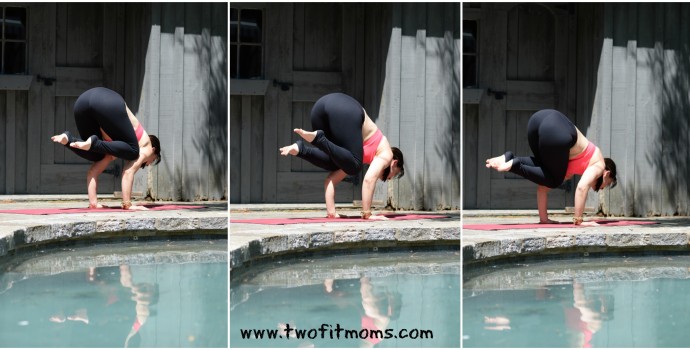
Recently, I wrote a short article about the empowering nature of an arm balance practice. If you’ve taken that article to heart, you may be just beginning your arm balance journey with Crow pose. For a beginner, Crow pose (bakasana) is a seemingly impossible arm balance. I still vividly remember the struggle—sweating, engaging every muscle in my body, and trying to balance without tipping forward onto the pillow on the floor in front of me. I assure you that with consistent practice, it will stop feeling impossible, and one day, it will somehow feel comfortable! When you get to that day, you will be excited to move on to the next challenge. This article is for those of you who are ready and eager to move on.
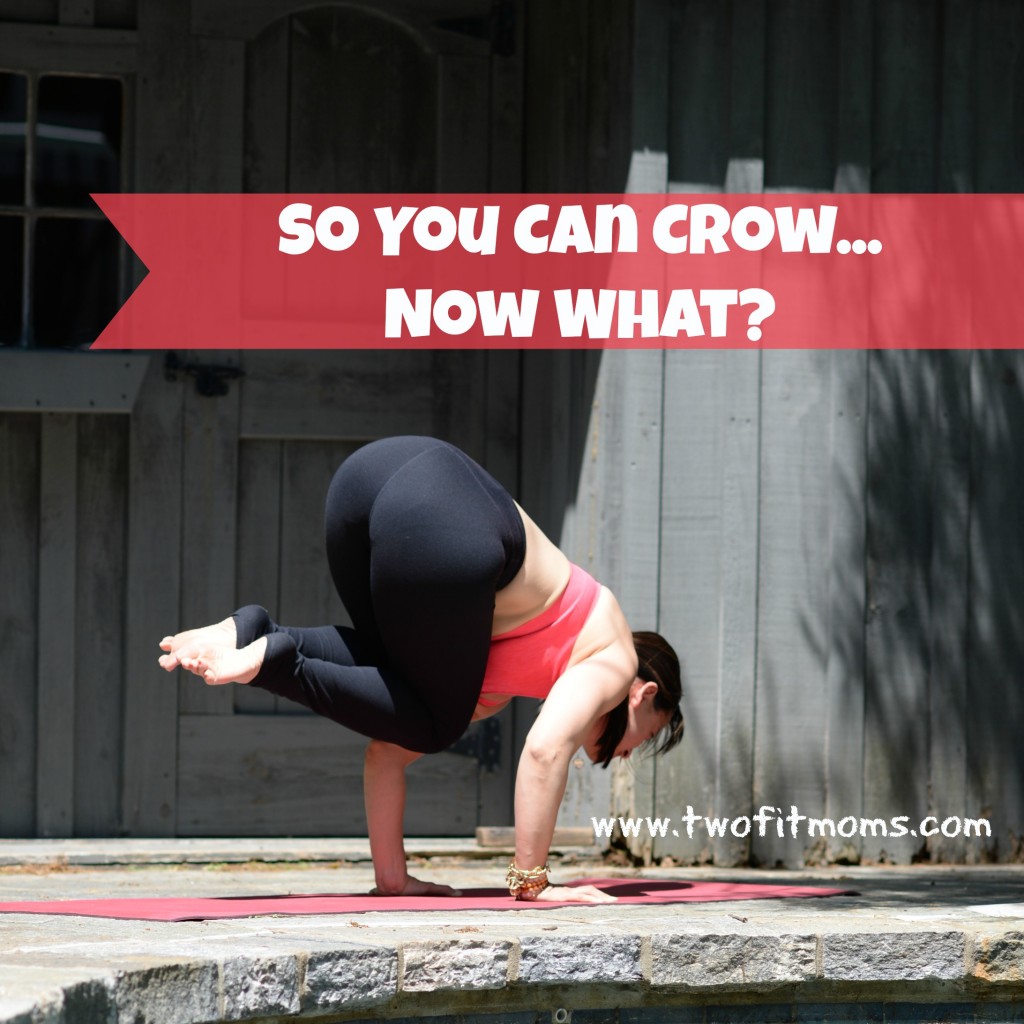 Once you are able to balance in crow pose for 4-5 breaths, you are ready to add an element of difficulty. Rather than introducing you to one-legged crow (eka pada bakasana), which is the typical progression, I recommend trying a slightly less challenging, core-engaging crow exercise, which I call “sliding crow”. The mechanics of this exercise are similar to one-legged crow in that you must engage your core muscles and lift one knee off of your tricep, but it will feel less intimidating because your knees will not move more than an inch or two off of your arms.
Once you are able to balance in crow pose for 4-5 breaths, you are ready to add an element of difficulty. Rather than introducing you to one-legged crow (eka pada bakasana), which is the typical progression, I recommend trying a slightly less challenging, core-engaging crow exercise, which I call “sliding crow”. The mechanics of this exercise are similar to one-legged crow in that you must engage your core muscles and lift one knee off of your tricep, but it will feel less intimidating because your knees will not move more than an inch or two off of your arms.
To begin, start off in crow pose, and review your alignment checklist.
-Are your fingers spread wide and gripping the mat?
-Is your upper back rounded like a cat to help engage the core and redistribute your weight on the back of your arms?
-Is your core engaged?
-Are your thighs squeezing inward?
-Are your elbows squeezing inward?
-Are you pulling your heels up toward your bottom?
-Are you gazing forward past your fingertips?
If you have answered “yes” to each of the questions above, your crow is in good form, and you are ready to move on.
From crow pose, begin to shift your weight onto the back of your left tricep without actually lifting a knee. To an observer, your weight-shifted crow may look no different from your regular crow. This is just a shift in weight. Pause here, and find your balance in this variation of crow, where the majority of your weight has moved onto the back of your left arm.
If you feel stable, the next goal is to lift the right knee from the back of the right arm by just an inch or two. In order to accomplish this, pretend that your belly is connected to your right knee by a string. I know it sounds odd, but this visualization works. You have the ability to lift the right knee from the back of the right tricep by engaging your core even more than it currently is, and pulling your knee up using the imaginary string.
If you are able to lift your right knee about an inch, slowly begin to slide that knee over to the left tricep. The end goal of this exercise is to ultimately be resting with both knees on the back of the left arm.
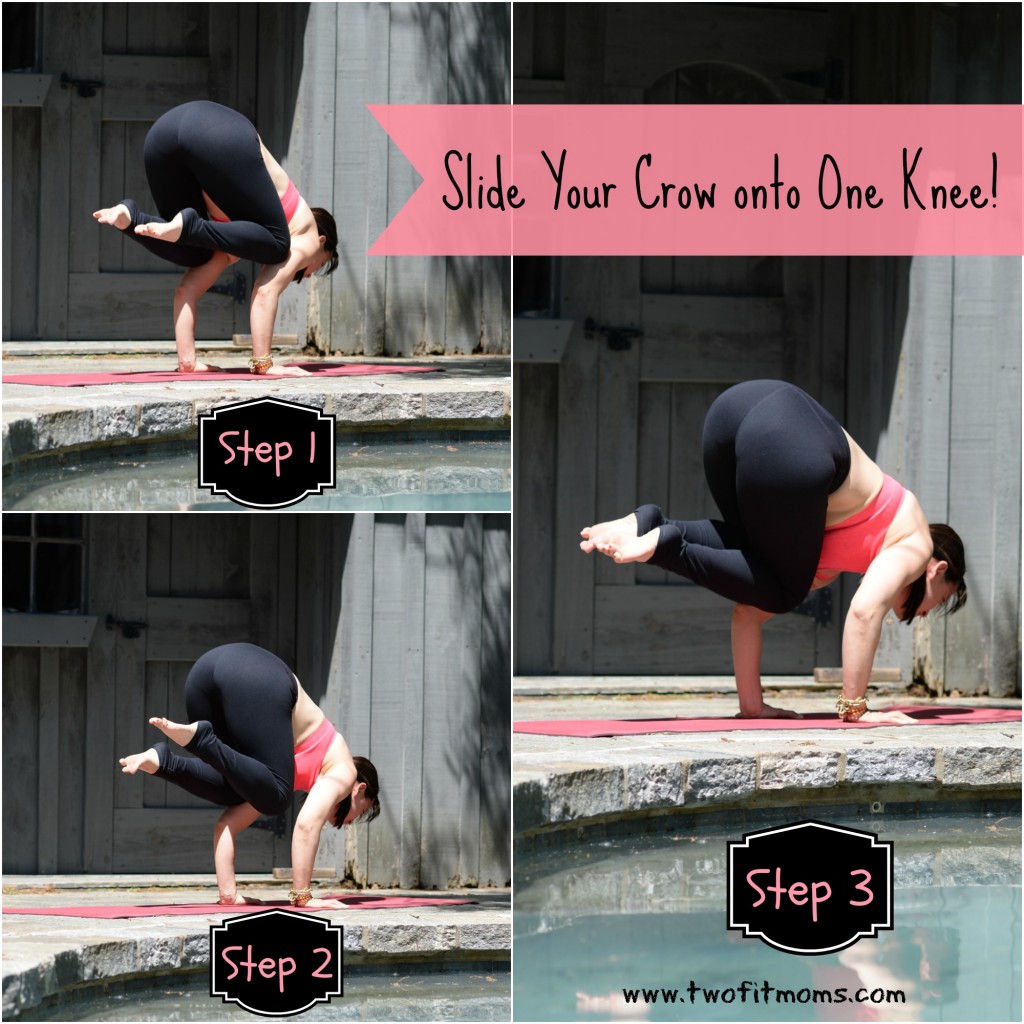
Pause for a moment, and return the right knee to the right tricep. Repeat this sliding crow exercise, but this time, shift the weight onto the back of the right arm and slide the left knee to the right tricep.
Once you develop the balance and control to do this exercise, your crow will be ready to take flight into one-legged crow (eka pada bakasana). Good luck, and have fun!
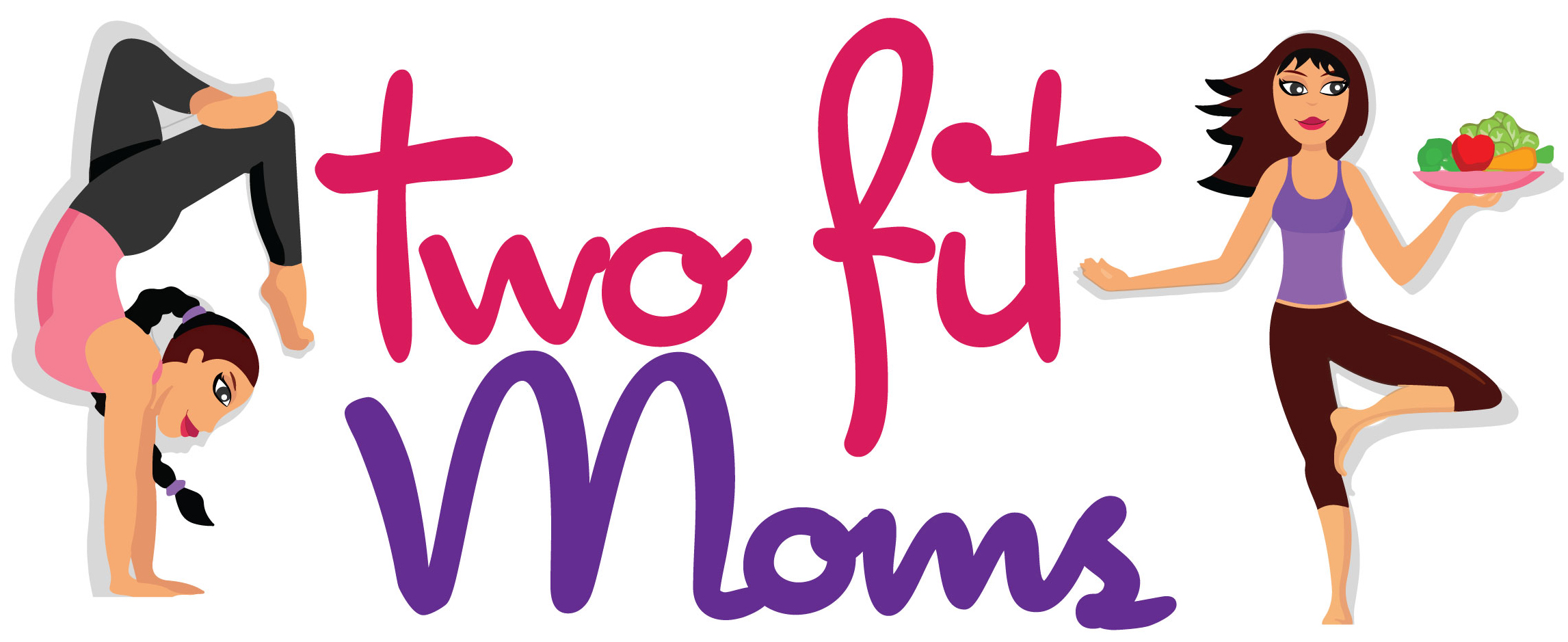
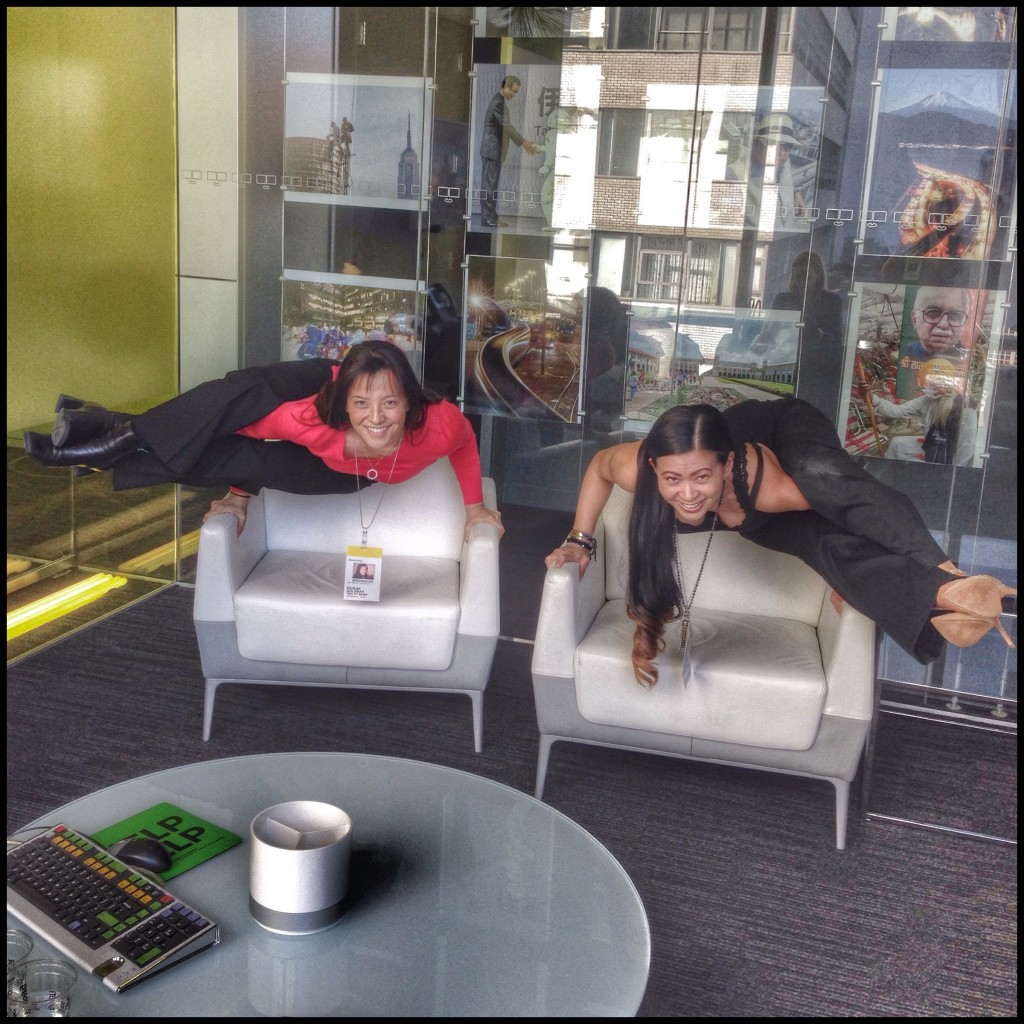


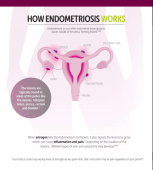

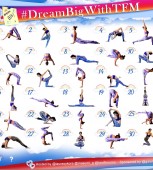

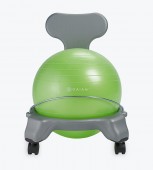
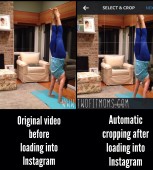

Thank you! I have been feeling comfortable in bakasana now, but yesterday I tried to do eka pada bakasana and it seemed impossible! I believe working on this exercise will give me the strength and stability in need.
Good luck! Stay patient, and you will develop the control and strength to be able to lift up into eka pada bakasana. Let me know how you do!